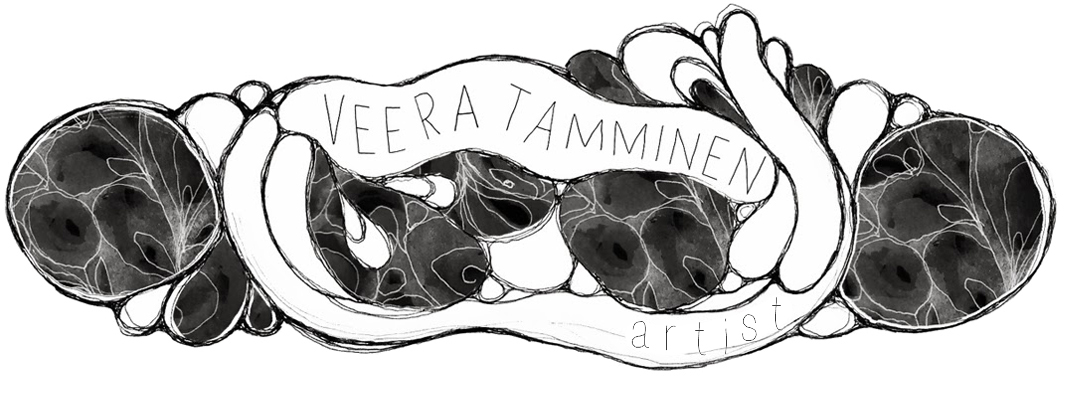There is a thing in Amsterdam called Bruin Café (Brown Cafés) and it's an old bar that has still cigarette stained walls and smudged paintings on these walls. It's said that it almost sacrilege to refurnish or clean so they stay this way. On our trip we bumped into one on a secret alley and of course went in!
It was cozy and crowded and we just got two empty seats at the end of the bar's zinc. The place was so tiny that we were asked to move for a little while from our seats since the owner needed to access the cellar which was under a trapdoor on the floor.
But, I noticed it immediately that there was a Ruan Hoffmann original on the wall designated for the place. I absolutely loved it!



























.jpg)



























